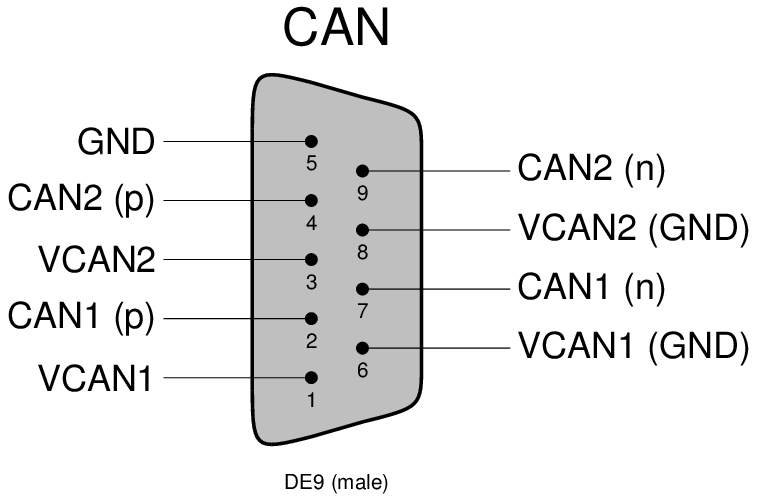The Optoboard System is the data aggregation and signal conversion stage of the ATLAS ITk Pixel data transmission chain. The basic working principle is:
One Optoboard consists of:
Specific for SLAC's test-Optopanel will be marked in red .
4x Optoboard V2.1 are housed in one Optobox. This Optobox is housed in a Test-Optopanel.
Please refer to our Interface Document here. All the connectors of the Optoboard System is explained there.
All schematics for all of Berns designed PCBs can be found here.
We collect support requests and general questions on our Mattermost channel Bern-Optoboard (invite link).
We created a repository with scripting software to easily configure the Optoboard: https://gitlab.cern.ch/bat/optoboard_felix. A lot is documented in the readme and wiki of the repository.
The repository is located in the directory:
/home/itkpix/optoboard-system
To configure an Optoboard V2.1 with the default configurations found simply run these scripts:
In a first terminal felixcore:
cd /home/itkpix/felix-sw/flx-sw-2022-08-11 # or another felix-sw version source setup.sh x86_64-centos7-gcc11-opt/felixcore/felixcore -d 0 --data-interface lo --elinks 0,4,8,12 # starts felixcore, check your links! |
Note that the elinks might change according your connectivity scheme. More information from Ismet here.
In a second terminal do:
source flx_opto_setup.sh # if FELIX server restart or stuck: source flx_opto_setup_fresh.sh cd optoboard_felix python quick_start.py -v 1.3 -s 00000000 -G 0 -d 0 |
The -s specifies the serial number used (00000000 is the default one for Optoboard V2.1), -G is the link number of FELIX and -d the FELIX device. If -s is set to 00000000 and -v 1.3, optoboard_felix sends the parameters in the config ~/optoboard_felix/configs/optoboard_lpgbtv1_gbcr2_vtrxv1_3_default.json to the lpGBTs, GBCR and VTRx+. Check the FELIX documentation or the optoboard_felix readme for more information on this.
After the fibre fanout is installed, configuring the Optoboards will look similar to this:
python quick_start.py -v 1.3 -s 00000000 -G 0 -d 0 python quick_start.py -v 1.3 -s 00000000 -G 1 -d 0 python quick_start.py -v 1.3 -s 00000000 -G 2 -d 0 python quick_start.py -v 1.3 -s 00000000 -G 3 -d 0 |
Or ideally if separate configs are created in ~/optoboard_felix/configs:
python quick_start.py -v 1.3 -c 2400006 python quick_start.py -v 1.3 -c 2400003 python quick_start.py -v 1.3 -c 2400007 python quick_start.py -v 1.3 -c 2400011 |
Note that in this case the connected FELIX fibre channel has to be set inside the configuration file as described in the readme here.
In a currently ongoing effort by Bern PhD student Daniele dal Santo, the software will be integrated into the ITk demonstrator software itk-demo-sw.
The test-Optopanel houses one Optobox with 4 Optoboards. It has a twinax inlet (round) and a fibre outlet (rectangle). The Optobox is mounted on a cooling plate with two 8 mm pipes. The
A collection of photographs from the test-Optopanel and its sister at CERN SR1 can be found here. See also this Twiki here of the SR1 test-Optopanel which has similiar information (but some very different configurations).
| slot: | OB1 | OB2 | OB3 | OB4 | OB5 | OB6 | OB7 | OB8 |
|---|---|---|---|---|---|---|---|---|
| serial: | 2400006 | - | 2400003 | - | 2400007 | - | 2400011 | - |
| powering from bPOL: | A | A | B | B | C | C | D | D |
| FELIX link: |


Check the above interfaces document for more detailled description.
Banana plugs are labelled according to powered bPOL12V.
Cooling and dry air inlet/outlet: FESTO 8 mm
Currently no MOPS is mounted on the Powerboard inside the test-Optopanel (due to availability). We will ship one as soon as we got our hands on them.